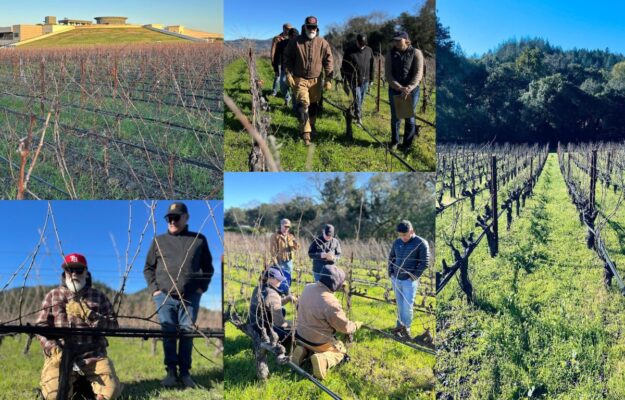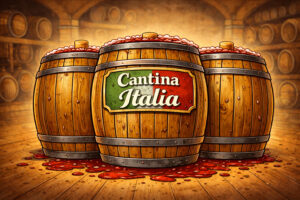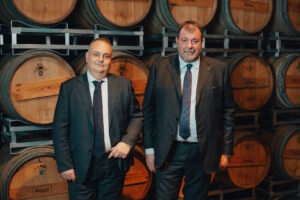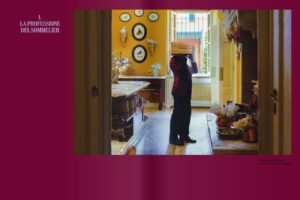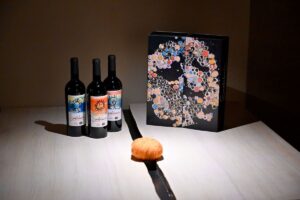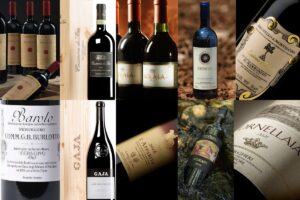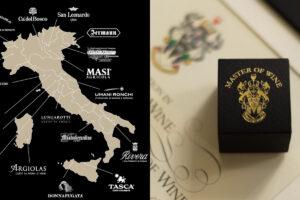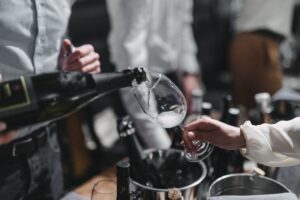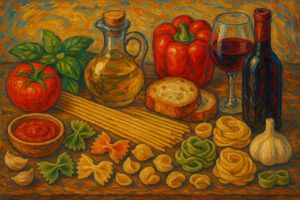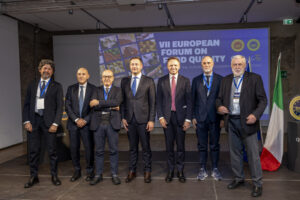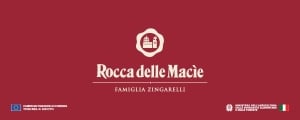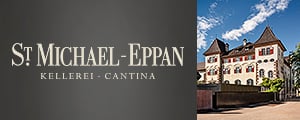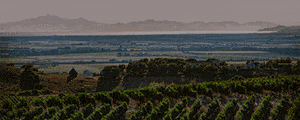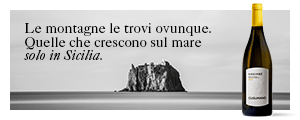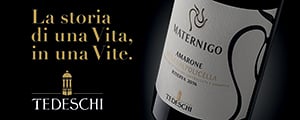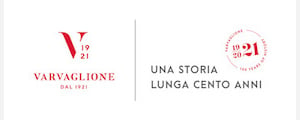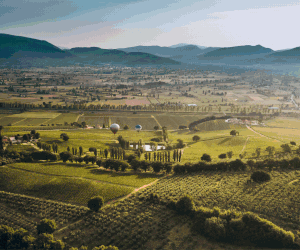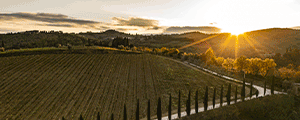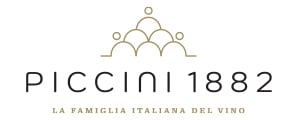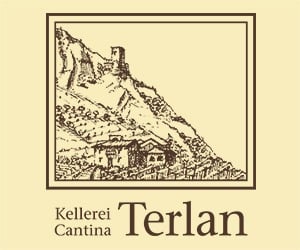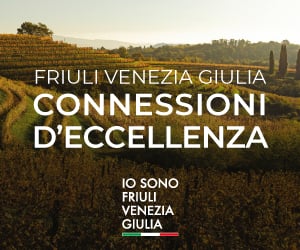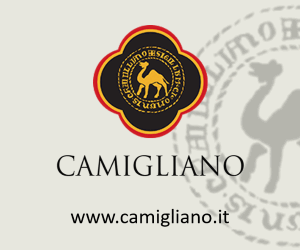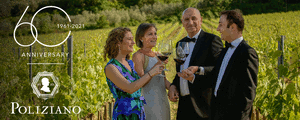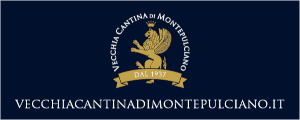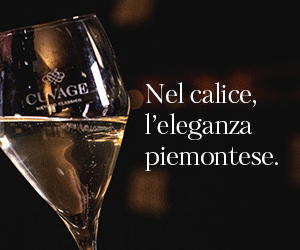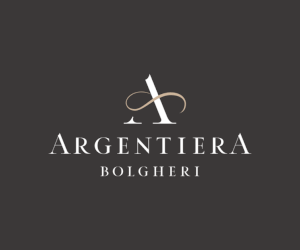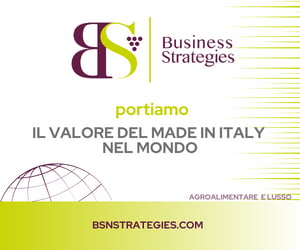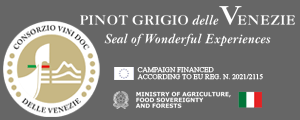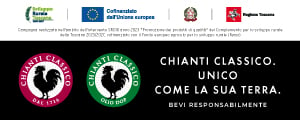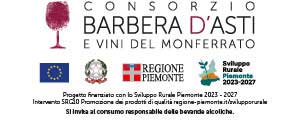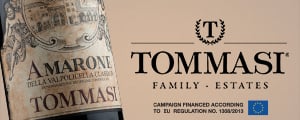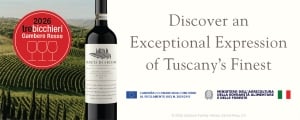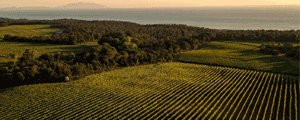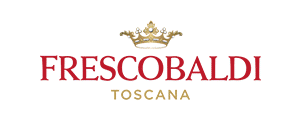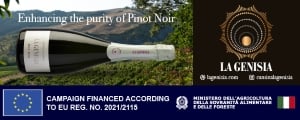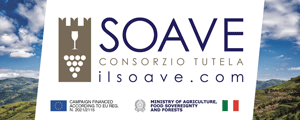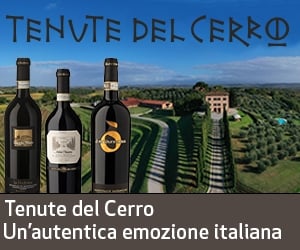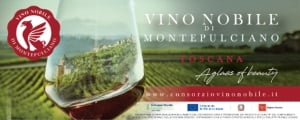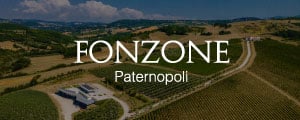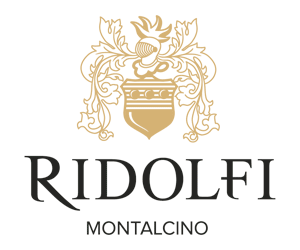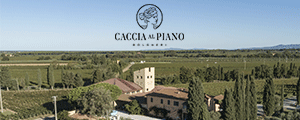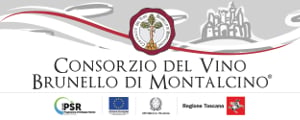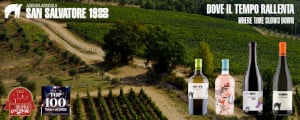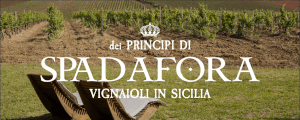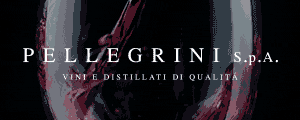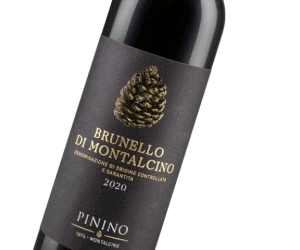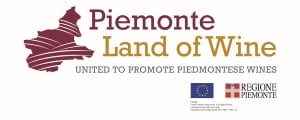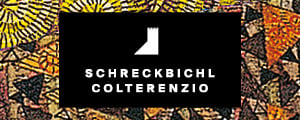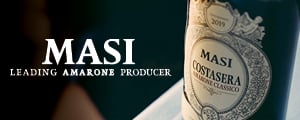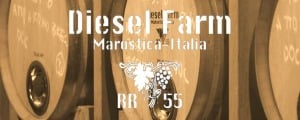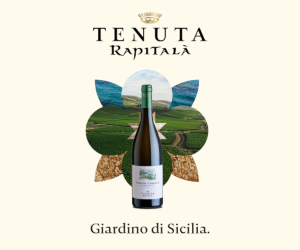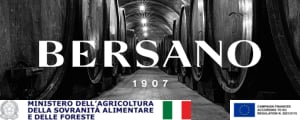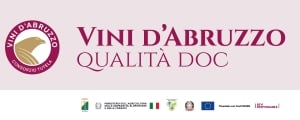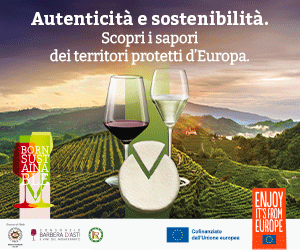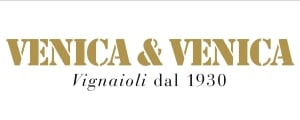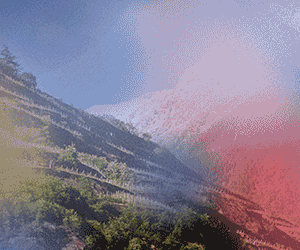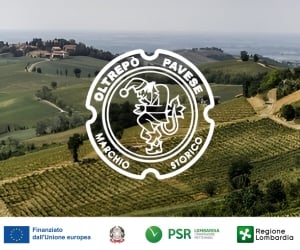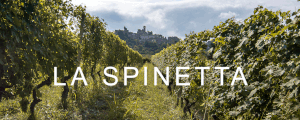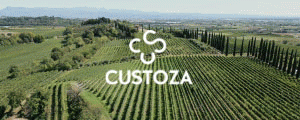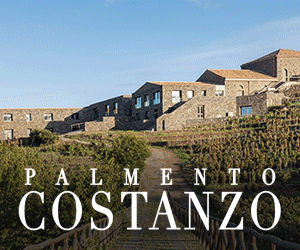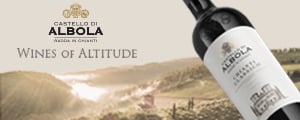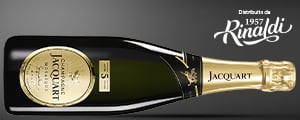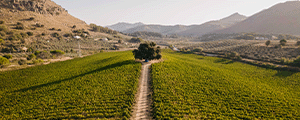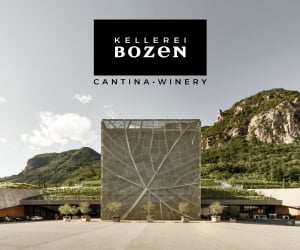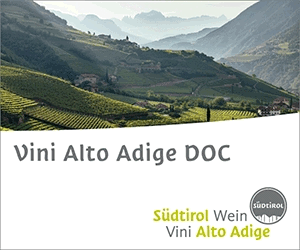Before and after the market, before and after duties, before and after tastes, before and after climate change, before and after wine, there is the vineyard. Which designs the landscape. Which is both corporate and collective heritage. Which is a productive tool and a life to be cared for. Which is also capital investment, and an integral part of a wine project. Not only for the grape varieties that are chosen, based on soils, will, ideas. But also for the type of farming, the planting sixth, orientation, exposure, and so on. And in a historical phase in which everything is changing and evolving faster than ever, even the vineyard - which inexorably lives on long cycles (on average, from planting to the first harvest year from which wine is produced, at least 3-4 years pass) - must have the ability to be dynamic, “adaptive”, and be able to express grapes that give rise to “wines of place” and identity, distinctive, which for many are the only ones that will survive the change in consumption, as opposed to so many generic and “commodity” wines. A vineyard capable, in short, of remaining itself, but also of adapting, without upheaval. Able, for example, to have great flexibility in canopy management, but also to have the ability to adapt the type of farming to the age of the plant, climate change, the increasing scarcity of water and more. A vineyard designed according to the principle of “dynamic architecture”. As defined by Marco Simonit, who leads, together with Pierpaolo Sirch, “Simonit & Sirch - The Vine Master Pruners”, who, with their pruning method, have conquered the world since Friuli, and take care of the vineyards of many of the most famous wineries on the planet, such as, among others, Château d’Yquem, Château Latour, Château Angelus, Domaines Leroy, Château Haut Bailly, Château Lynch Bages, Château Batailley, Château Pichon Longueville Comtesse de Lalande, Domaine Leflaive, Domaine de la Romanée-Conti, Hennessy and Louis Roederer in France, Biondi-Santi, Ferrari, Alois Lageder, Bellavista, Sella & Mosca, Allegrini, Feudi di San Gregorio, Ruggeri and Nino Franco in Italy, Pago de Carraovejas, Marques de Riscal and Muga in Spain, Ramos Pinto, Cortes de Cima and Prats & Symington, Niepoort Wines and Domínio do Açor in Portugal, and then, in addition to wineries in South Africa and Australia, in the U.S., with Quintessa, Flowers, Cathy Corison, Shafer Vineyards, Spottswoode, and, again, Ponzi and Abbot Claim in Oregon. And now also Opus One, the most iconic name in California and Napa Valley wine, born out of a joint venture between two anthological names in wine such as Baron Philippe De Rothschild and Robert Mondavi, with whom Simonit & Sirch is setting up a new project based precisely on the concept of the “dynamic architecture of the vine”. as Marco Simonit himself explains, to WineNews, just a few days after a masterclass precisely on Opus One wines hosted in one of Simonit & Sirch’s “Academies” in Capriva del Friuli, with the top management of the Californian winery (and with the cuisine of Sicilian chef Pino Cuttaia, two Michelin stars with La Madia di Licata, ed.)
“Opus One is a wonderful reality, which has invested so much in skills and human resources, in the quality of work and the lives of workers, and in training, in recent years, under the leadership of Michael Silacci, and with whom we are taking care of a new project at Atlas Peak, one of the most beautiful areas of Napa Valley, where space can be found for new vineyards without upsetting the landscape, for a return to a “viticulture of place”, with a vine architecture that we are designing ad hoc. Everything”, Simonit explains, “today is designed to protect the grapes from the sun and heat, with a particular structure, dynamic, in fact, capable of evolving and adapting to the climate, age, the shape of the foliage, but also to the type of wine you want to make, which maybe today is designed with certain characteristics, but tomorrow might have others. We did this for the first time in Italy, at Biondi-Santi, in Montalcino (“cradle” of Brunello invented in the late 19th century by Ferruccio Biondi Santi, and now of the Descours family’s Epi Group, ed.), with dynamic leaf wall management that can be adapted according to climatic trends and different times of the year. And now, among others, with Opus One we are taking this approach even further”, Simonit continues. “We started from the concept that the espalier, which is going for the most, perhaps, is too “rigid”: we need something “adaptive”, which comes from a vision that balances short, medium and long term. Which also means greater efficiency of a structural and important investment for companies”, Simonit stresses. “It is an approach very much related to the concept of “epigenetics”, that is, how the change in DNA, in this case of the vine, can be influenced by environmental factors. Because everything changes, and then even the vine cannot be seen as something that is immutable, or that has to be explanted and replanted from scratch in order to change. And it’s an approach that also goes far beyond organic and biodynamic, and looks at more and more interaction between the agronomic side and the enological side, working in synergy to bring out as much as possible the characteristics you want for that wine, while respecting the sense of place. That makes all the difference”.
Copyright © 2000/2025
Contatti: info@winenews.it
Seguici anche su Twitter: @WineNewsIt
Seguici anche su Facebook: @winenewsit
Questo articolo è tratto dall'archivio di WineNews - Tutti i diritti riservati - Copyright © 2000/2025










